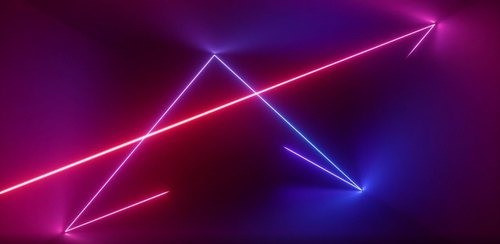A combination of several problems and shortages that are slowly being remedied.
They hired a number of new employees for both the GPU and CPU side but also lost a lot of former talent from the GCN and earlier days far as I’ve heard.
There’s a lot of open issues and unlisted problems as well and regressions on earlier GPU models and several issues took far too long to be acknowledged even with Vanguard and some only got discovered after this new telemetry inclusion and crash reporting utility.
(Curious though as the months before that had AMD’s Reddit and their forums with plenty of issues mentioned that they claimed they weren’t aware about.)
Linux driver situation has improved and the Windows drivers are bettering but the code stack and stuff is from what I can tell quite messy and the 5000 series only now has the hardware to leverage some of the features that NVIDIA could do if I understood that correctly.
NVIDIA is also very non-standard using their own tech and methods so with OpenGL for example it works for them but not the others and it’s fast but very non-compliant with standards whereas AMD’s will work but as a result it’s also slower.
Working with Microsoft and Sony for yet another console generation and further improving RDNA plus the new employees and current staff and engineering talent working out the hardware problems of RDNA1 and resolving the software bugs should at least (Theoretically.) make for a much smoother launch now for RDNA2 and the 6000 series.
(There is a ton of early driver changes and workarounds so AMD was quite aware about some of the issues they claimed to not know about from workarounds in memory controller issues to timing tweaks and other stuff glanced from the Linux code submissions done.)
EDIT: As a average user I only have some insights and what I read and can find and much of it’s probably only internal from AMD themselves so the full extent of problems and issues between the Radeon Technology Group and AMD and the problems between the GCN and shift to RDNA and much more we’ll probably never know the full extent of.

